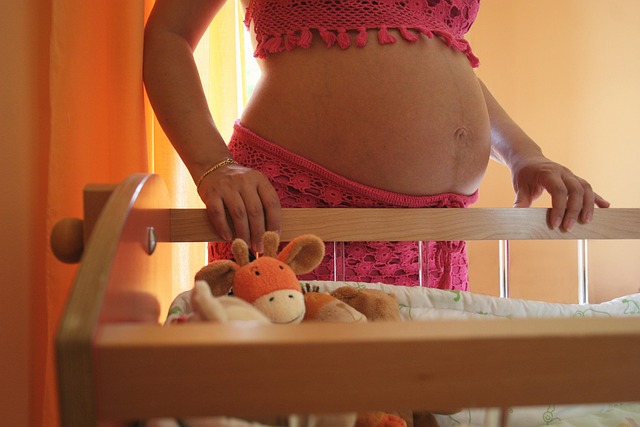When you’re eagerly anticipating your baby’s arrival, there’s nothing quite like an ultrasound to spark excitement. Yet, hearing that your baby has a two-vessel umbilical cord, also known as a single umbilical artery (SUA), might leave you feeling anxious. While it’s understandable to worry about potential complications, it’s important to know that this condition is relatively common and often leads to positive outcomes.
What is a Two-Vessel Cord?
During a routine ultrasound, your technician may inform you that your baby’s umbilical cord has only two blood vessels instead of the typical three. In a standard umbilical cord, there are one vein, which delivers essential nutrients and oxygen to your baby, and two arteries that carry waste products back to the placenta and your bloodstream. However, when a two-vessel cord is present, it consists of just one vein and one artery.
How Common is a Two-Vessel Cord?
This condition occurs in less than 1% of singleton pregnancies and in about 5% of pregnancies with multiples. It’s essential to remember that while a two-vessel cord can be associated with certain risks, many babies born with this condition are perfectly healthy.
What Causes a Two-Vessel Cord?
The precise cause of a two-vessel cord isn’t entirely understood. Some researchers believe it might be linked to genetic factors or issues during the early stages of pregnancy. For those curious about how to conceive or start a family, you might find valuable information on at-home insemination options, such as those offered by Make a Mom, which provides a unique reusable option.
How is a Two-Vessel Cord Diagnosed?
Typically, a two-vessel cord is diagnosed during a routine ultrasound. If this finding is made, your healthcare provider may recommend additional monitoring to assess your baby’s growth and development. If you’re interested in learning more about fetal surgery and overcoming obstacles, check out our blog post on inspiring stories of fetal surgery.
What Risks Does a Two-Vessel Cord Present?
While most cases of two-vessel cords are benign, there can be associated risks, including fetal growth restrictions and potential heart issues. It’s crucial to maintain regular check-ups with your healthcare provider to ensure everything is progressing smoothly. For more information on pregnancy-related health, visit the World Health Organization, a reliable source for maternal health.
In summary, if you’ve learned that your baby has a two-vessel umbilical cord, try not to panic. While it’s essential to be informed and prepared, most babies with this condition turn out to be healthy. For additional resources on pregnancy and home insemination, check out this excellent guide on Modern Family Blog.
